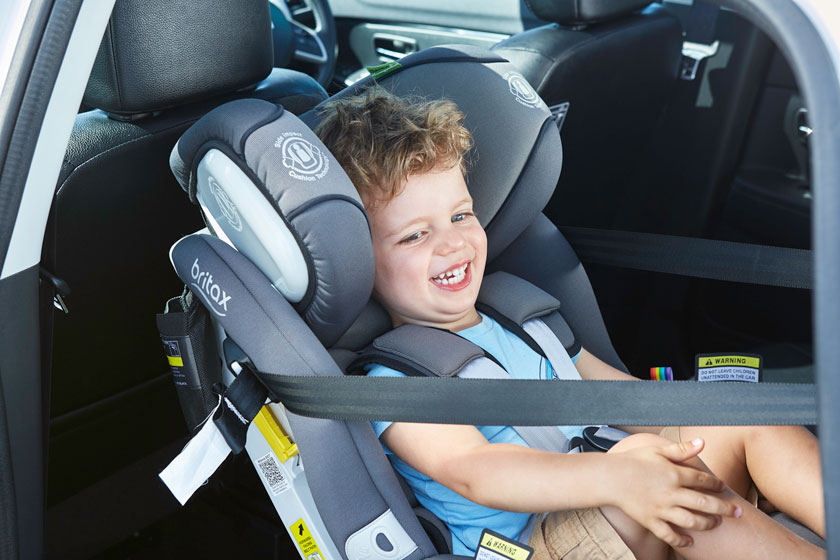When is a child ready for the next stage of safety seat?
This has become an increasingly popular question due to an increased community awareness of the safety benefits that travelling rear facing can bring – but does it apply to every child safety seat stage?

It is a good idea to determine why the parent or carer is asking this question, as the motive can help you decide how best to respond to the client – and understanding that the road rules are used as a guideline for the minimum travel allowance permitted and not necessarily the best in every scenario. The same can be said for the opposite end of the scale where individuals aggressively guilt trip or shame a parent who is not necessarily practising the same standards as they would prefer – as the individuals may not understand the intricacies that each scenario brings. There could be vehicle parameters, special needs, or a wide number of other issues that could possibly influence the decision for individual decisions. Communication is key with this question.
Best Practice: ACRI has always recommended that any child should continue to travel in any restraint type, including booster seats, until they reach the maximum marker / limit of that product. That advice has not changed in …. forever. However the public are now starting to become more accustomed to this idea, largely thankfully, to the extended rearward facing benefits that have been seen in recent years.
Related Information:
- Fact Sheet #28 – Extended Rear Facing (ERF) – Rob Newman
- Can my client’s children travel rearward facing past 4 years of age?
NB: This site contains information intended only for the person on the ACRI membership list and is subject to legal privilege. Any duplication or copy, even in segments, infringes on copyright

